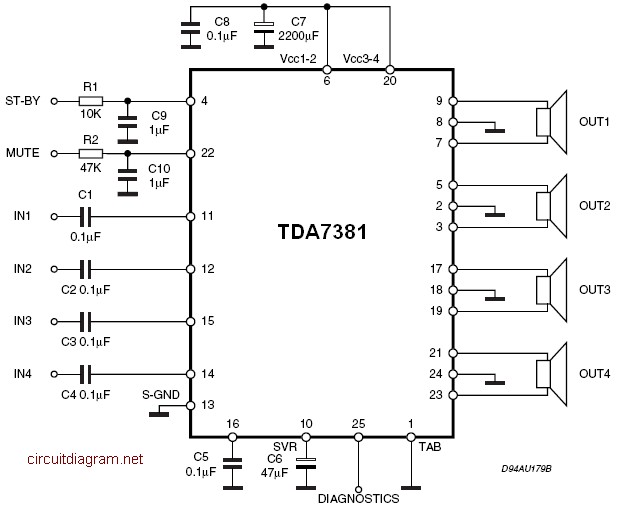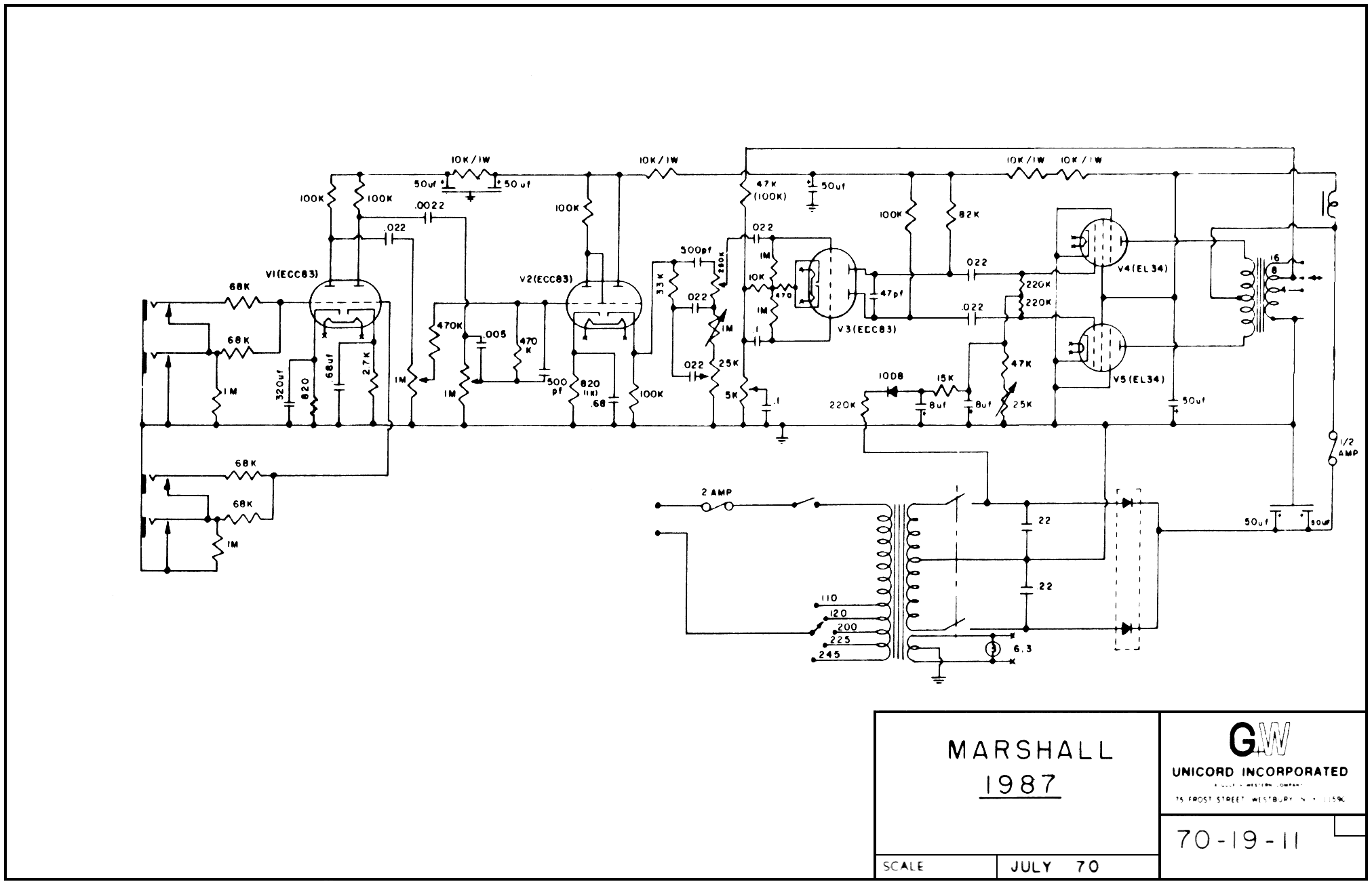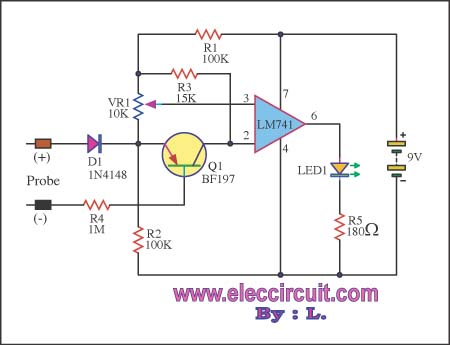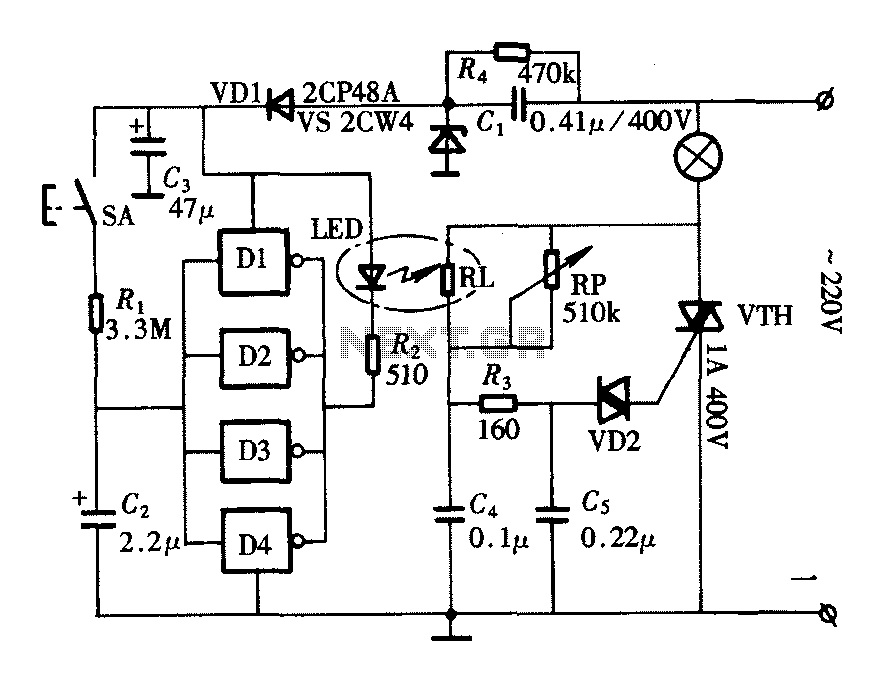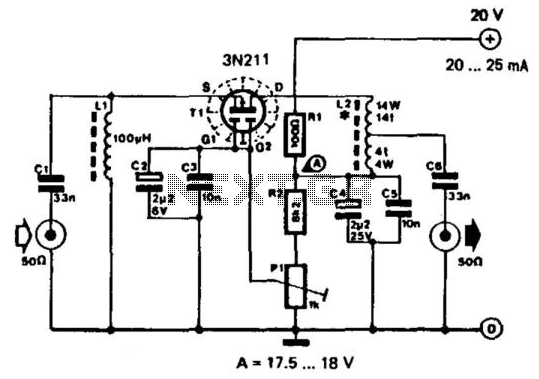
12 Volt 20 Amp Solar Charge Controller
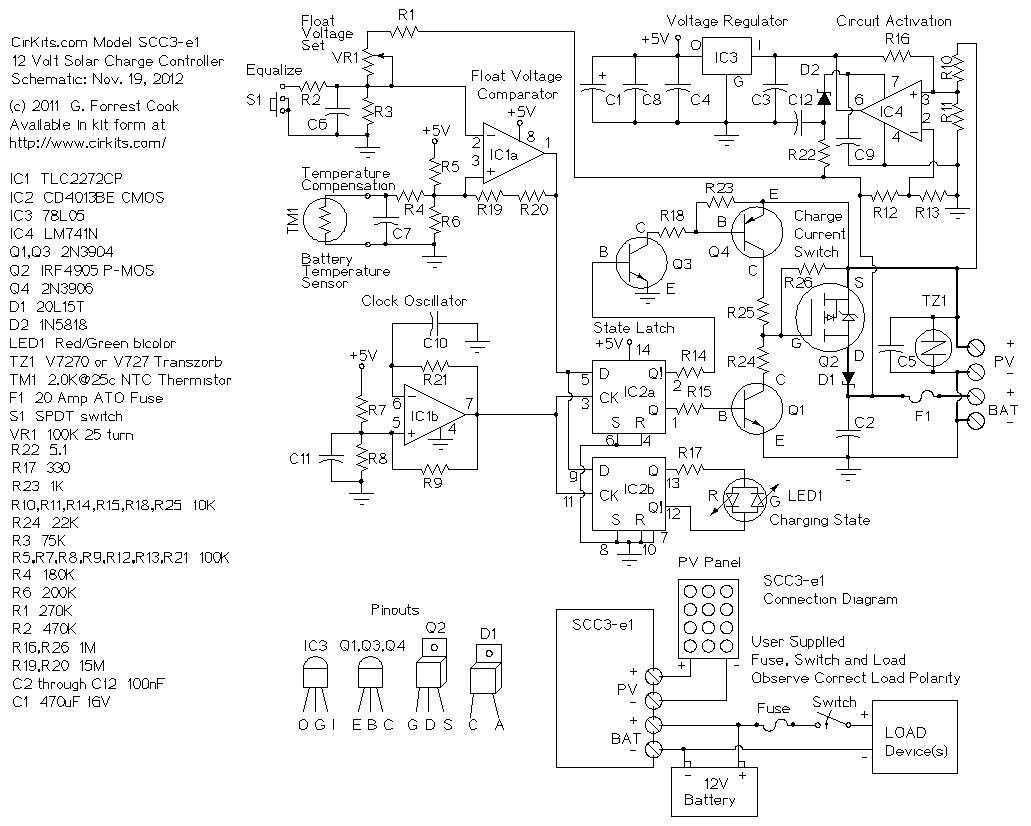
A 12 Volt solar power system can provide power to a wide variety of devices. Some examples include: lighting systems, cellular phones, CB and Ham radios, car stereos, televisions, recording equipment, fans, water pumps, and other low voltage DC loads. With the addition of an inverter, the DC power can be converted to 110 Volts AC for powering an even wider variety of devices. More: The SCC3 is suitable for both permanently installed and portable power systems. It is an excellent choice for emergency backup lighting systems, and remote cabin power supplies. Combine the SCC3 with a solar panel and rechargeable battery for a reliable source of power.
The 12 Volt solar power system typically consists of several key components: solar panels, a charge controller, a battery bank, an inverter (if AC power is required), and the load devices. The solar panels convert sunlight into electrical energy, which is then directed to the charge controller. The charge controller regulates the voltage and current coming from the solar panels to prevent overcharging the batteries, ensuring their longevity and efficient operation.
The battery bank stores the energy generated by the solar panels, providing a reliable source of power even when sunlight is not available. This stored energy can be used to power various low voltage DC devices, such as lighting systems and fans, directly. For devices that require AC power, such as televisions or car stereos, an inverter is employed to convert the stored DC power from the batteries into 110 Volts AC.
The SCC3 charge controller is particularly versatile, accommodating both permanent installations and portable setups. Its design allows for easy integration with solar panels and batteries, making it ideal for applications such as emergency backup lighting and remote power supplies for cabins. When combined with solar panels and a rechargeable battery, the SCC3 forms a robust power system capable of meeting diverse energy needs in off-grid environments. The overall system not only promotes energy independence but also contributes to sustainable energy practices.A 12 Volt solar power system can provide power to a wide variety of devices. Some examples include: lighting systems, cellular phones, CB and Ham radios, car stereos, televisions, recording equipment, fans, water pumps, and other low voltage DC loads. With the addition of an inverter, the DC power can be converted to 110 Volts AC for powering an even wider variety of devices.
The SCC3 is suitable for both permanently installed and portable power systems. It is an excellent choice for emergency backup lighting systems, and remote cabin power supplies. Combine the SCC3 with a solar panel and rechargeable battery for a reliable s 🔗 External reference
The 12 Volt solar power system typically consists of several key components: solar panels, a charge controller, a battery bank, an inverter (if AC power is required), and the load devices. The solar panels convert sunlight into electrical energy, which is then directed to the charge controller. The charge controller regulates the voltage and current coming from the solar panels to prevent overcharging the batteries, ensuring their longevity and efficient operation.
The battery bank stores the energy generated by the solar panels, providing a reliable source of power even when sunlight is not available. This stored energy can be used to power various low voltage DC devices, such as lighting systems and fans, directly. For devices that require AC power, such as televisions or car stereos, an inverter is employed to convert the stored DC power from the batteries into 110 Volts AC.
The SCC3 charge controller is particularly versatile, accommodating both permanent installations and portable setups. Its design allows for easy integration with solar panels and batteries, making it ideal for applications such as emergency backup lighting and remote power supplies for cabins. When combined with solar panels and a rechargeable battery, the SCC3 forms a robust power system capable of meeting diverse energy needs in off-grid environments. The overall system not only promotes energy independence but also contributes to sustainable energy practices.A 12 Volt solar power system can provide power to a wide variety of devices. Some examples include: lighting systems, cellular phones, CB and Ham radios, car stereos, televisions, recording equipment, fans, water pumps, and other low voltage DC loads. With the addition of an inverter, the DC power can be converted to 110 Volts AC for powering an even wider variety of devices.
The SCC3 is suitable for both permanently installed and portable power systems. It is an excellent choice for emergency backup lighting systems, and remote cabin power supplies. Combine the SCC3 with a solar panel and rechargeable battery for a reliable s 🔗 External reference
